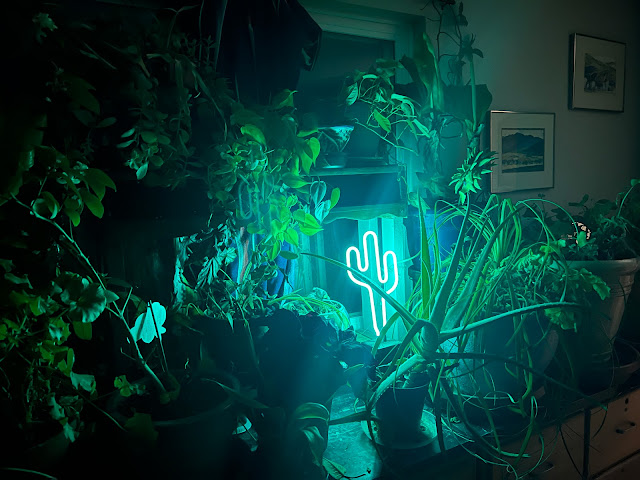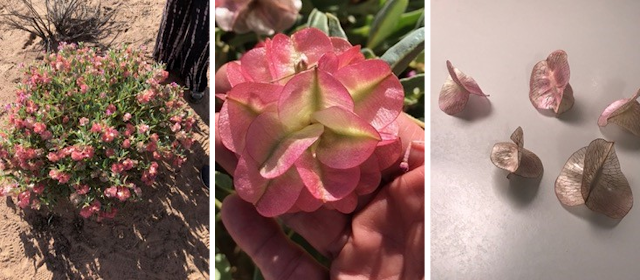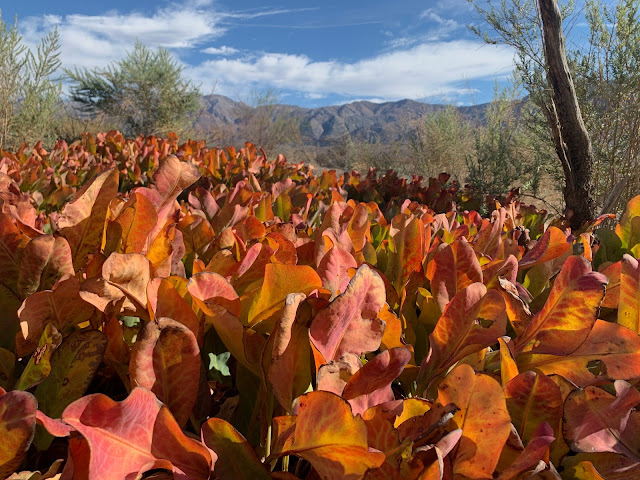Keep Your Houseplants Out of ICU with Routine Care and Frequent Well Visits

Southwest Yard & Garden By Marisa Thompson Plants at my house huddled around the largest south-facing window. Note: green tinted saguaro light doesn’t actually help the plants. It’s just there for coolness factor. Note #2: Think saguaros won’t grow in New Mexico? Better think again! Check out my Dec. 2019 column, “ Here Today, Gone Saguaro ,” for the full story. Photo credit M. Thompson. Question : What are your favorite tips for keeping houseplants healthy during the winter? - A. Thomas, Farmington Answer: While the right amount of water and really good drainage are probably the biggest hurdles for plant parents, once you get those figured out, optimal lighting and microclimate are the next major concerns. These seem simp...


